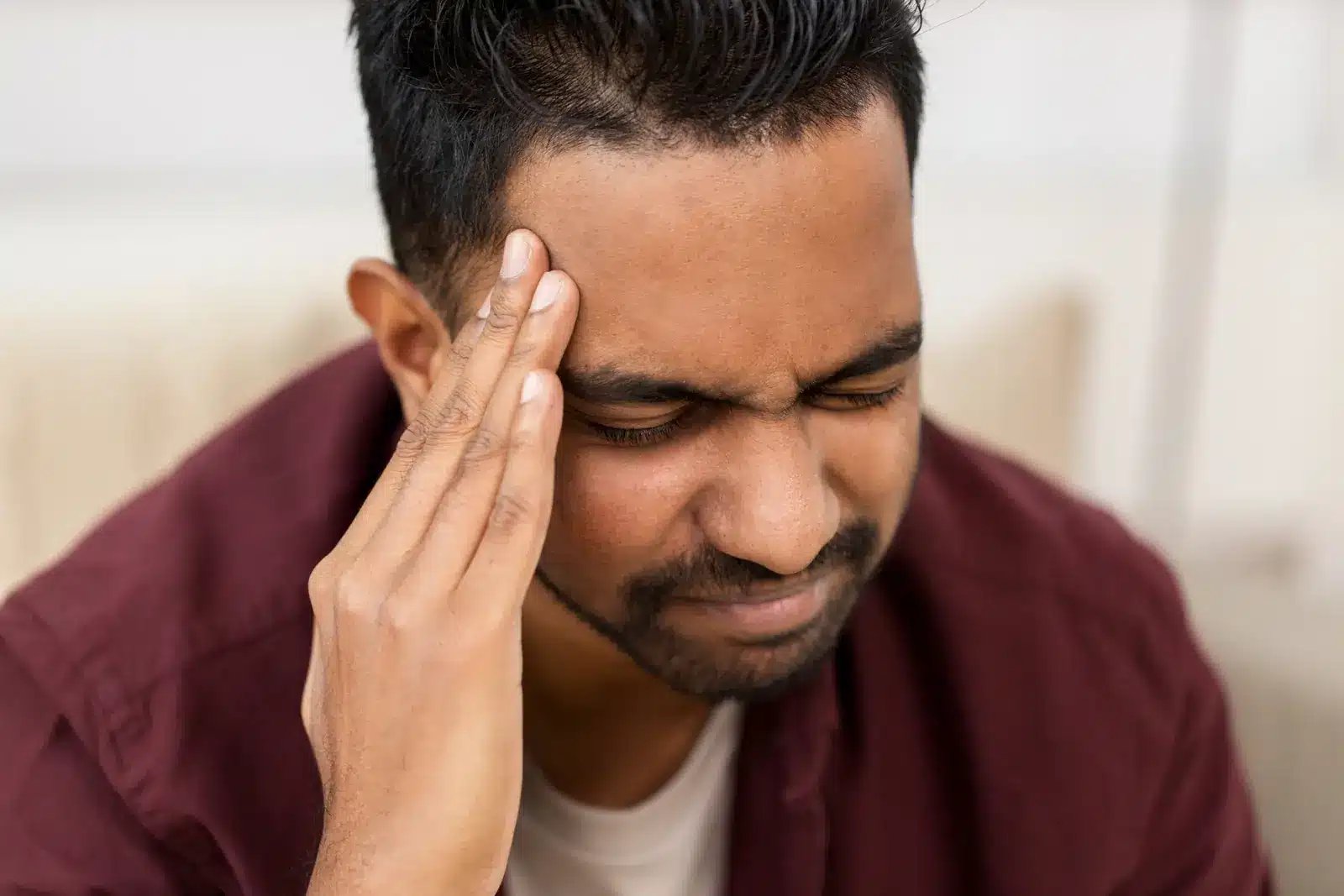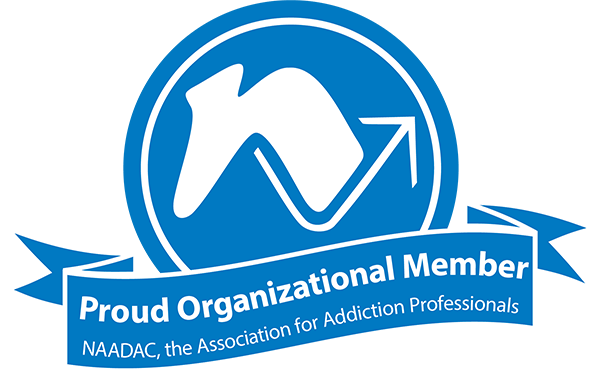Substances
Table of Contents
Key Points
- Klonopin is a benzodiazepine that boosts GABA activity to help calm the central nervous system.
- It’s an effective treatment for both panic and seizures, but long-term use comes with significant risks.
- Extended use can cause tolerance, dependence, withdrawal symptoms with cessation, and cognitive side effects.
- Safer long-term alternatives include some types of antidepressants, therapy, and non-benzodiazepine medication assistance.
- Professional help is critical for anyone thinking about tapering or stopping Klonopin use.
Klonopin is the brand name for clonazepam, a prescription benzodiazepine that is typically prescribed to treat anxiety disorders, panic disorders, and certain types of seizure disorders. It works well and quickly, which are two of the biggest reasons why people find notable relief shortly after starting their prescription. But since it works so well, it’s only natural to wonder: can you take Klonopin for life?
Even though it can provide important benefits and measurable symptom control, especially during acute episodes, it’s not considered a viable option for indefinite or even long-term use. Over time, the risks for dependence, dangerous withdrawal symptoms, and cognitive side effects can drastically outweigh the potential benefits. We’re going to take a closer look at Klonopin, how it works, and why long-term use is so dangerous.
What is Klonopin & How Does it Work?
Klonopin belongs to a class of medications called benzodiazepines, which act on the central nervous system (brain and spine, the body’s primary control center). Its primary function is to enhance the effect of gamma-aminobutyric acid (GABA) in the brain.[1]
GABA is the brain’s primary inhibitory neurotransmitter, and its job is to calm the central nervous system by reducing overactive nerve signals. This results in a sedative and anxiolytic effect that can reduce panic, anxiety, and seizure activity.
Clonazepam is fully FDA-approved for treating seizure disorders and panic disorder.[2] However, in some cases, doctors may choose to prescribe it for off-label uses like social anxiety or acute stress. These off-label uses carry the same risks of tolerance and dependence.
Klonopin has a relatively long half-life compared to other benzodiazepines, meaning it stays in the system longer and its effects last longer.[3] This makes it effective for seizure management and panic disorder but also increases the risk of dependence.
Klonopin is a Schedule IV controlled substance in the United States due to its potential for misuse and dependence. Understanding why it’s classified this way helps explain why it’s suitable for short-term treatment but not for long-term use.
Short-Term Benefits of Klonopin
For people experiencing acute panic attacks, clonazepam provides rapid relief by calming the central nervous system. This can help break cycles of fear and anxiety, allowing individuals to regain control and stability.
For seizure disorders, Klonopin’s longer half-life helps prevent abnormal brain activity that leads to seizures.[4] Its extended duration of action is helpful for epilepsy and related conditions where consistent control is needed.
Klonopin can also provide short-term relief for acute stress, intense anxiety, or insomnia related to panic symptoms. Doctors often prescribe it temporarily while longer-term treatments like antidepressants or therapy take effect.
Risks of Long-Term Use
Klonopin can be a life-changing treatment in the short term, but long-term daily use carries serious risks.
Tolerance and Higher Doses
Over time, the brain and nervous system adapt to the effects of Klonopin, potentially leading to tolerance. This means higher doses may be needed to achieve the same effects, increasing overdose risk.
Physical Dependence
Long-term use can cause the body to rely on Klonopin for normal functioning. Stopping suddenly may trigger severe withdrawal symptoms, including tremors, seizures, and rebound anxiety.
Cognitive Impairment
Extended use may cause problems with memory, concentration, and cognitive function.[5] Drowsiness and slowed coordination can also interfere with daily activities and work performance.
Substance Interaction
Combining Klonopin with alcohol, opioids, or other sedatives is highly dangerous. These substances all depress the central nervous system, raising the risk of respiratory failure or fatal overdose.
Mental Health Risks
Long-term benzodiazepine use is linked to worsened depression and increased risk of self-harm thoughts.[6][7] For those with mental health conditions, ongoing Klonopin use can complicate treatment and worsen symptoms.
FDA Warnings
The FDA advises that benzodiazepines like Klonopin should generally be prescribed for short durations. Misuse and overdose risks are well-documented, and safer alternatives are available in most cases.
Safe Use & Trusting Professional Guidance
Klonopin can be safe and effective when used short term under medical supervision. Doctors typically prescribe the lowest effective dose for the shortest necessary duration, with regular check-ins to monitor side effects and progress. Stopping suddenly is dangerous, so tapering under supervision is essential.
Professional support may also include therapy or psychiatry to address underlying anxiety or seizure triggers while minimizing dependence on medication.
Klonopin Withdrawal Symptoms and Dependence
Stopping Klonopin after long-term use can be extremely difficult and dangerous due to physical dependence. Withdrawal symptoms typically begin within a few days of missed doses and can range from uncomfortable to life-threatening.
Physical withdrawal symptoms often include headaches, tremors, nausea, and sensitivity to light and sound.[8] In severe cases, seizures may occur, especially if Klonopin is stopped abruptly after months or years of use.[9]

Psychological symptoms like depression, irritability, panic attacks, insomnia, and disturbed sleep are also common.[10] This is why medical supervision and gradual tapering are strongly recommended instead of abrupt discontinuation.
Alternatives and Treatment Options
Klonopin can be helpful for some, but it isn’t right for everyone. Talk to your doctor about alternative treatments for anxiety or seizure disorders, including:
- Antidepressants: Safer for long-term anxiety treatment without dependence risks.
- Cognitive Behavioral Therapy: Evidence-based therapy that teaches tools for managing panic and anxiety.
- Non-benzodiazepine seizure medications: Long-term options for seizure control without tolerance issues.
- Lifestyle changes: Regular exercise, mindfulness, and sleep hygiene can reduce anxiety and improve well-being.
- Wellness supports: Nutrition and stress management can strengthen overall mental health.
Get Professional Substance Use Support
Klonopin can offer substantial short-term relief for anxiety and seizure disorders, but the dangers of long-term use cannot be ignored. Dependence, withdrawal, and cognitive side effects make it unsuitable for extended use. Safer, sustainable options exist for managing symptoms.
By working with medical professionals and exploring alternative therapies, individuals can receive personalized treatment that balances short-term symptom relief with long-term health and wellness goals.








